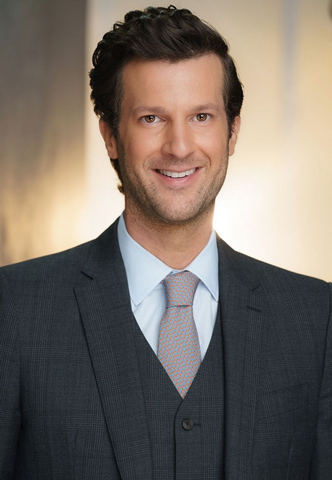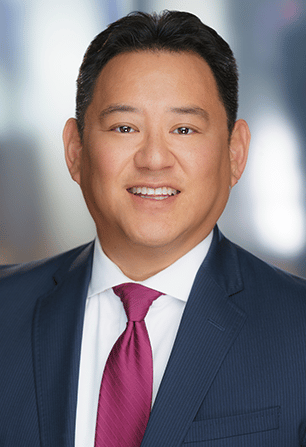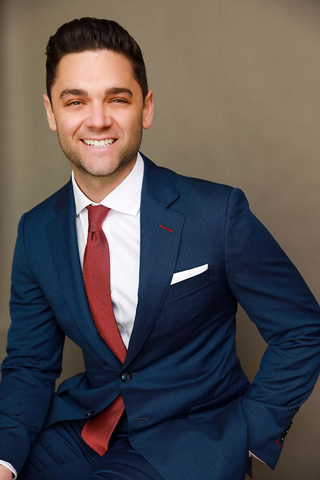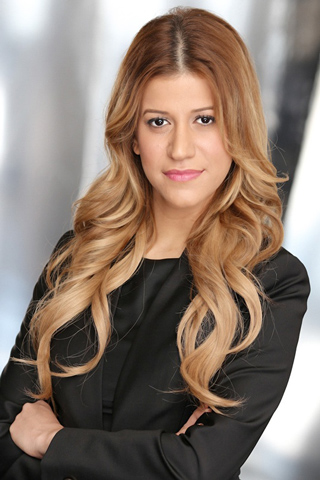Going for a walk has never been riskier. According to the Insurance Institute for Highway Safety (IIHS), 5,987 deaths in pedestrian accidents involving vehicles in 2016. That’s the highest jump since 1990 and is 48% higher than in 2009 when pedestrian fatalities were at their lowest.
A closer look at these grim statistics shows that improvements in road infrastructure and changes in motorist and pedestrian behaviors may help reverse this alarming rise.
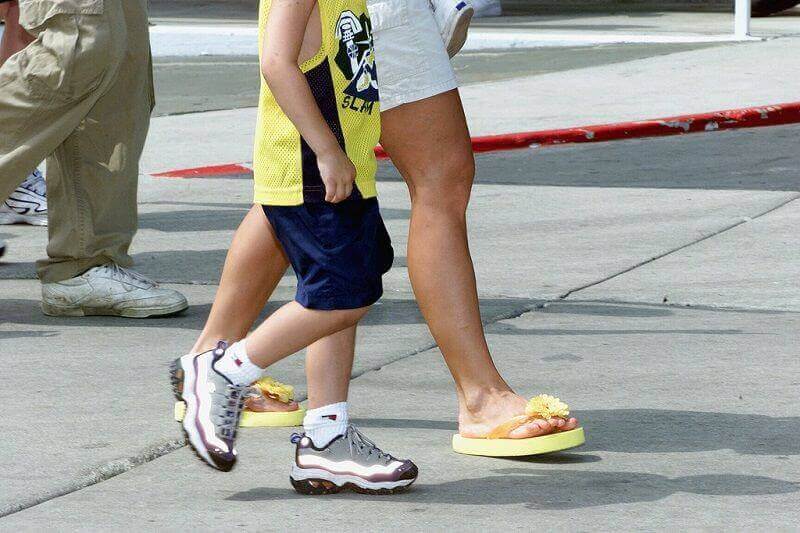
Who Is At Fault for Pedestrian Accidents?
A 67% increase in fatalities from 2009 to 2016 Arterial roads are meant to funnel traffic from surface streets to freeways and highways. These are not pedestrian-friendly streets. Vehicles routinely travel at higher speeds and sidewalks may be narrow or even non-existent. Arterials also have multiple lanes and tend to be very wide. Crosswalks are often limited and can be up to a half mile apart.
Crossing at night
A 56% increase in fatalities from 2009 to 2016 Pedestrian deaths from 2009 to 2016 increased by a whopping 56% after dark. Besides the obvious poorer visibility at night, other contributing factors include pedestrians wearing dark clothing and increased levels of impairment on the part of both pedestrians and motorists after the sun goes down. ### Jaywalking
A 50% increase in fatalities from 2009 to 2016 Even in densely populated areas, pedestrians will sometimes cross in the middle of the street instead of at a crosswalk, even when one is readily available. From 2009 to 2016, the number of pedestrians who were killed because they did not use a crosswalk increased by 50%.
California motorist behaviors contributing to the huge jump:
Speeding, especially in an SUV
Driving aggressively is bad enough, doing it in a large vehicle, such as an SUV can be deadly. Since 2009, the number of pedestrians killed by SUVs soared to a depressingly high 81%. This can partially be attributed to the increased popularity of SUVs. There are more of them on the road now than in 2009.
The design of SUVs also makes them more dangerous to pedestrians. Because they’re higher than a regular passenger car, they are more likely to hit a pedestrian in the head in an accident, increasing the possibility of a fatal injury.
Bad headlights
A large portion of pedestrian accidents involving fatalities happens at night. Oddly, even newer cars often have headlights that do not provide a clear line of sight in the dark. That, along with possible impairment and/or drowsiness can cause motorists to not spot a pedestrian until it’s too late.
The IIHS began rating manufacturer headlights in 2016. In that year, only 2 vehicles were rated as good. On a positive note, manufacturers continue to improve headlights in order to improve visibility. In 2018, the number of makes and models rated as good by the IIHS increased to the current 26.
Steps to Improve Safety for California Pedestrians & Motorists:
Simply installing more crosswalks is a start, but more needs to be done. Various cities around the country are taking innovative steps to improve pedestrian safety avoid pedestrian deaths. Some measures are innovative, while others, such as cracking down on speeding motorists are well known.
The HAWK Beacon
One innovative approach that seems to be working is the HAWK beacon. A HAWK beacon differs from a regular traffic light in that it is not continuously on. It only operates when it is activated by a pedestrian or cyclist.
When it is activated, it gives drivers and pedestrians alike specific indications of when to stop, walk and go. It’s also highly visible at night and most importantly, effective. A 2010 FHWA study found that HAWK beacons helped reduce accidents involving pedestrians and vehicles by an impressive 69%.
Daylighting
First proposed and initiated in San Francisco, Daylighting involves removing parking spots closest to curbs to allow for a better line of sight for both pedestrians and motorists. San Francisco has already converted 80 intersections, especially in its most congested neighborhoods.
Leading Pedestrian Interval (LPI)
These streetlights give pedestrians the right of way for a specific amount of time before allowing vehicles through. The thinking is that any sort of head start will place pedestrians at least halfway across the street, thus increasing their visibility to motorists.
Discussions about pedestrian safety almost always end up with finger pointing between pedestrians and motorists.
It doesn’t have to be such a polarizing debate. Both motorists and pedestrians can do their share to improve road safety. Foremost, no one should walk or drive distracted.
We can all agree to not drive or walk while on our cell phones. It’s important to be aware of each other while on the road. That alone will help keep everyone safer and hopefully help drive down the number of accidents and pedestrian fatalities on our roads.
If you or someone you know has been injured by the negligence of another, call the personal injury lawyers at Wilshire Law Firm now.
What If I Was Partially At Fault for the Pedestrian Accident in California?
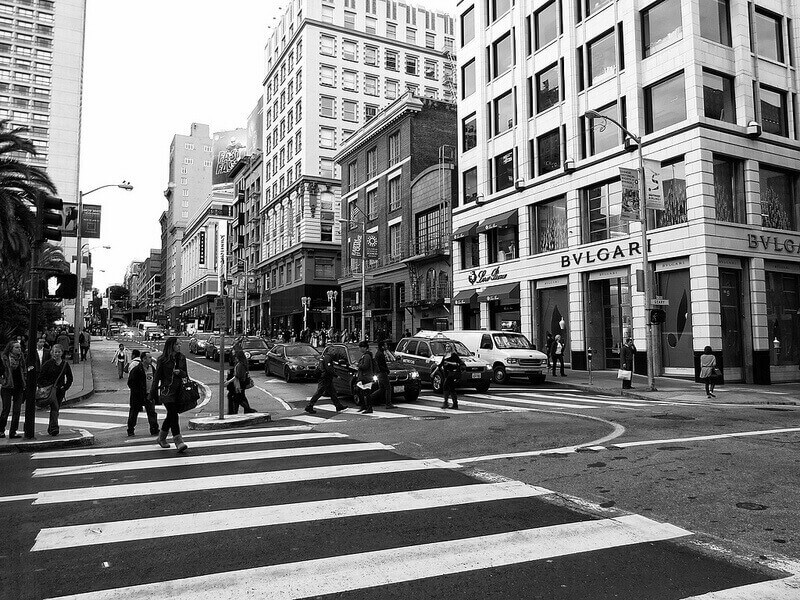
Have you been injured in a pedestrian accident? If you were committing any of the following negligent actions at the time of the accident, there’s a good chance you’ll be held at least partly responsible for what occurred:
- Jaywalking, or crossing the street outside of a crosswalk
- Crossing against a “Do Not Walk” signal
- Walking while heavily intoxicated or drugged
- Walking where pedestrians are not allowed
Of course, none of these behaviors gives a motorist a free pass to run you over. Even if you are partially at fault for causing the accident, the driver who hit you is likely also partially at fault. For instance, he or she may have been speeding or driving distracted and therefore unable to stop in time. If the accident happened in broad daylight, there’s definitely a strong case for negligence on the motorist’s part, since he or she should’ve been able to see you and prevent the collision.
So, let’s say both the pedestrian and the motorist share blame. How does this affect everything? In California, damages are awarded based on a “pure comparative fault” rule. Under this legal doctrine, a claimant’s damages award, or compensation, is reduced by his or her percentage of fault.
As an example, imagine a pedestrian crossing an intersection while texting. Because he has his head down, he does not see an oncoming vehicle, the driver of which is intoxicated. The driver hits the pedestrian, causing injuries. The pedestrian sues the driver, and the jury determines that the driver was 75 percent at fault for the accident while the pedestrian was 25 percent at fault (if only he were paying attention, he might’ve taken evasive action). Total damages amount to $10,000. In the end, the pedestrian is granted $7,500 ($10,000 – 25 percent).
What happens when a pedestrian is mostly at fault (larger than 50 percent)? Thanks to the pure comparative fault rule, a party can collect for damages even if they are 99 percent at fault. It’s just that the amount of damages awarded to the party is limited by his or her actual degree of fault. If, in the above scenario, the jury determines the pedestrian to be 75 percent at fault, he or she would still receive $2,500 in compensation ($10,000 – 75 percent).
Pedestrian Accident Law Firm Serving All of California
Do you have any questions about your particular injury claim or suit? If so, please feel free to contact the experienced pedestrian injury attorneys at Wilshire Law Firm for assistance. We are more than happy to provide you with the legal guidance you need to obtain maximum recovery for your losses. To find out more about what our firm can do for you, call us today at (866) 344-0588. Our consultations are FREE. Your Rights as a Pedestrian in California
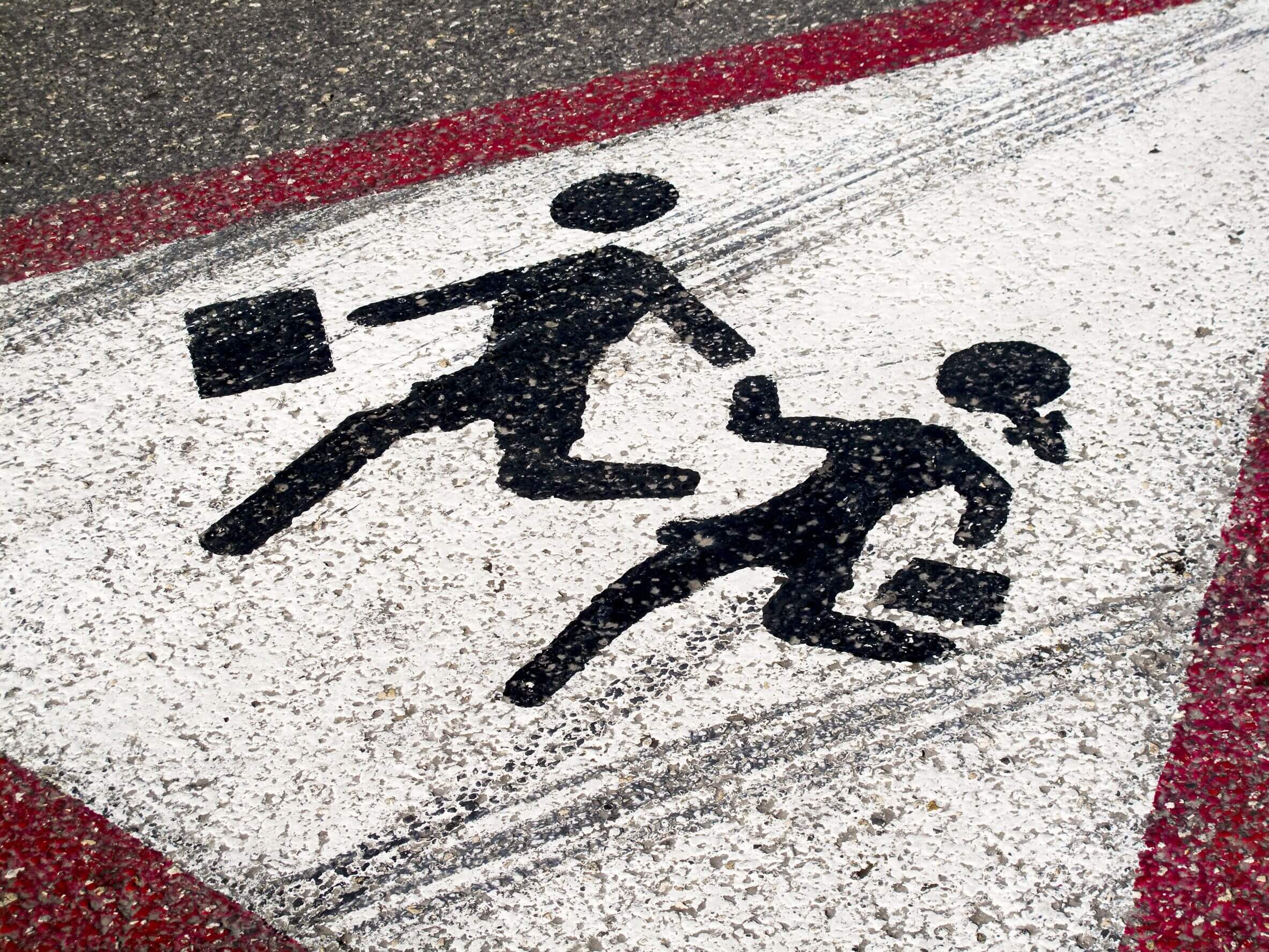
You’re walking on the sidewalk enjoying a clear, summer day. You come to an intersection, the crosswalk light turns green, you see that the light for the cars are red, and you begin crossing. A driver doesn’t notice you and attempts to make a right turn going 35 mph, striking you. You use your hand to brace yourself from being knocked over. You, the pedestrian, are injured: your lower back, left leg, and left foot hurt. You call the police to the scene.
The above scenario is a very real pedestrian accident case that Wilshire Law Firm is handling, but it is one of many that are occurring every year. In fact, currently pedestrian accidents are at an all-time high with pedestrians being injured in traffic accidents every seven minutes. It’s important to protect yourself by understanding your rights as a pedestrian and your ability to claim compensation for injuries as the result of a traffic accident.
What are my duties as a driver and as a pedestrian?
It doesn’t take a lot to injure a pedestrian. Compared to drivers who are protected by their car, seatbelt, and airbag, pedestrians are left vulnerable. At 31 mph, a pedestrian’s average risk of injury is 50% while at 39 mph, it increases to a daunting 75%. So, as you can imagine, 35 mph can do some serious damage.
Drivers have a duty to remain vigilant and avoid negligent actions that result in traffic accidents such as:
- Failing to yield to a pedestrian
- Distracted driving
- Speeding
- Not following traffic signs and signals
- Driving carelessly in poor weather conditions
- Driving under the influence
When drivers disregard their duty, accidents like the above scenario occur.
Of course, pedestrians have to walk responsibly too by following signs and crosswalks when available. You may not do either of the following as a pedestrian:
- Suddenly leave the curb and walk or run into the path of a vehicle
- Unnecessarily stop or delay traffic
But, as California Vehicle Code 21950 states, a “driver of a vehicle shall yield the right-of-way to a pedestrian crossing the roadway within any marked crosswalk or within any unmarked crosswalk at an intersection,” thus providing some protection for jaywalkers. In instances where a pedestrian is the at-fault party, shared-negligence is still a strong possibility in a personal injury case. When in doubt, discuss your case with a pedestrian accident lawyer.
What should I do if I have been involved in a pedestrian-automobile accident?
No matter how minor a car accident may be, the police need to be called to the scene.
For noticeable injuries, seek medical attention right away. If immediate medical attention is unnecessary, it is still highly recommended that you schedule an appointment with your primary care doctor after an accident.
While waiting for the police, document everything. Take photos of your injuries, the site of the accident, the car(s) involved, any notable landmarks, etc. If able, write down how the accident occurred in your own words.
Keep conversation between yourself and the driver to a minimum. Finally, you must never admit fault to the police, the driver, your insurance adjuster, and paramedics.
What are your rights to file against the driver?
A pedestrian’s injuries may be covered by their health and disability insurance, but oftentimes this isn’t enough as medical bills begin piling up. You have the right to seek compensation from the driver and their insurance company because you were injured, especially if the accident was caused by a driver’s negligence. Compensation can be obtained through a personal injury lawsuit, but under California Code of Civil Procedure 335.1, you must file within two years. Hiring a lawyer to handle your case will increase your chances of obtaining the maximum amount of compensation for your claim.
Like drivers, pedestrians have rights that protect them. It is up to drivers to step up and give the road their full attention, never doubting for a second that a pedestrian could be just around the corner. The moment your attention slips is the moment that someone becomes hurt. Remember: everyone is a pedestrian at some point.
Contact a Pedestrian Lawyer in California
Make sure that your rights are protected and you’re compensated the amount that you deserve by hiring a pedestrian -automobile accident lawyer from Wilshire Law Firm!




